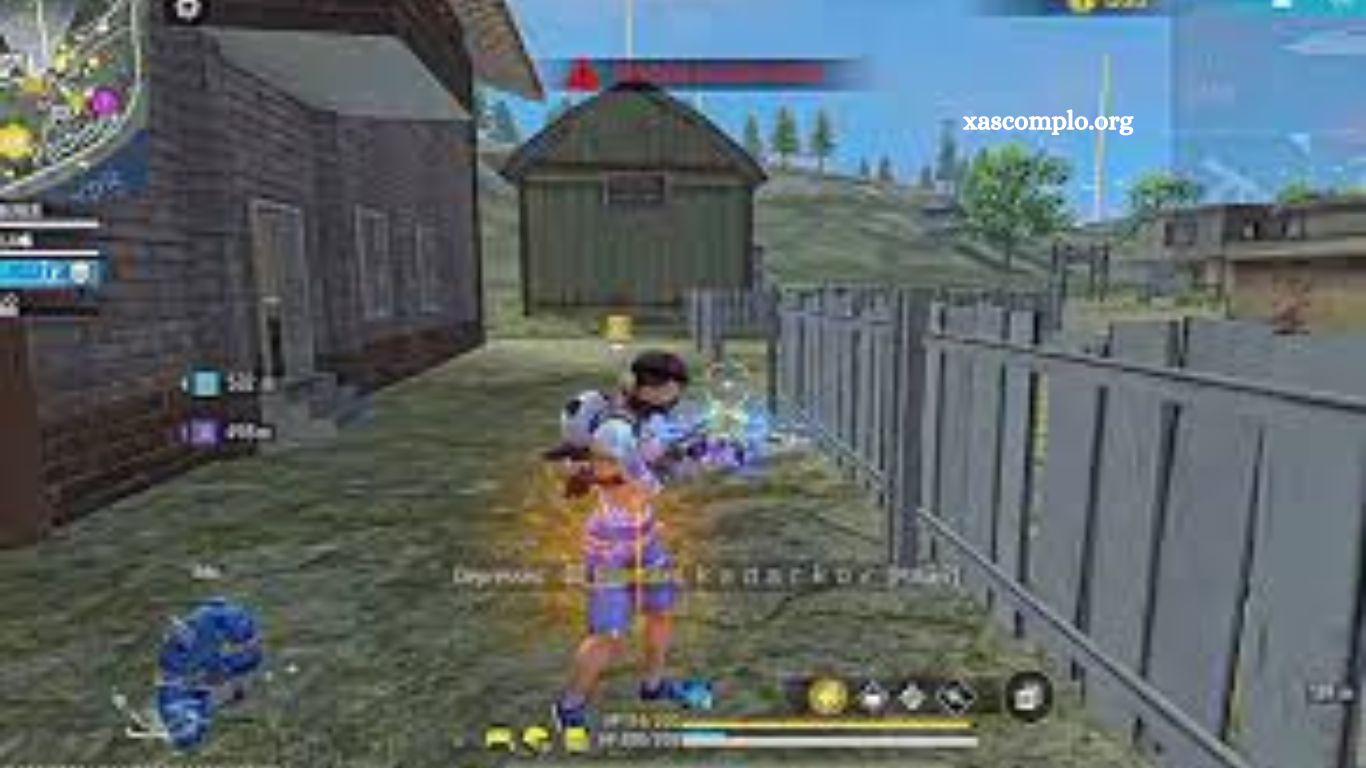Free Fire is a fast-paced battle royale game where success depends not only on individual skill but also on cohesive team strategy. In a game where every second counts and decisions can determine the outcome, mastering team coordination is essential. Whether you’re playing with friends or matching with random teammates, understanding how to communicate effectively, position strategically, and support one another during high-pressure moments can give your squad a decisive edge.
This guide explores essential team-based tactics designed to enhance your in-game synergy and improve overall performance. From pre-match planning to in-combat coordination, we’ll break down the key elements that contribute to a winning team dynamic—helping you and your squad dominate every match with precision and purpose.
Read More: Ultimate Guide to Weapons and Their Usage in Free Fire
Communication and Coordination
Clear, consistent communication forms the foundation of effective teamwork in Free Fire. Utilize voice chat or in-game messaging to stay in constant contact with your teammates. Share critical information such as enemy locations, resource needs, and tactical plans. Coordinated communication ensures your team moves as a unit, reacts swiftly, and minimizes confusion during high-stakes encounters.
Role Assignment and Specialization
Strategic role distribution enhances both efficiency and team synergy. Assign each player a specific role based on their strengths—for example, a sniper for long-range cover, a medic to support health recovery, or a close-combat specialist for frontline engagement. When every team member understands and executes their role, it allows for seamless operations and quicker decision-making during combat.
Establishing Rendezvous Points
To maintain cohesion, designate specific meeting points on the map where your team can regroup if separated. These rally points serve as strategic fallback locations during unexpected encounters or after skirmishes. Ensure every team member is aware of these locations and understands how to reach them safely, enabling swift reinforcement when under threat.
Implementing Diversionary Tactics
Deception can be a powerful weapon. Diversionary tactics—such as sending one player to draw enemy fire while the others flank—can disrupt opponents’ focus and create valuable openings. Well-executed distractions sow confusion, reduce reaction time, and can often turn the tide of battle in your favor.
Utilizing Skills and Support Items Strategically
Leverage character abilities and support items to maximize team performance. Skills that heal teammates, deploy shields, or enhance mobility can provide critical advantages. Additionally, use support items like smoke grenades or traps to disorient enemies, block visibility, or control territory. Strategic deployment of these resources can significantly improve your team’s survivability and combat effectiveness.
Committing to Continuous Practice
Team synergy doesn’t develop overnight. Regular practice is essential to refining strategies, improving communication, and learning from past mistakes. Play consistently with your team, review gameplay sessions, and stay informed about game updates and meta shifts. Adaptability and dedication are key to staying ahead of the competition in Free Fire.
Frequently Asked Questions
Why is teamwork important in Free Fire?
Teamwork is crucial because it allows players to coordinate attacks, share resources, cover each other in combat, and execute complex strategies. A well-coordinated team often outperforms more skilled individuals who lack communication and structure.
How can I improve communication with my team?
Use in-game voice chat or external apps like Discord for real-time communication. Always share essential information such as enemy locations, loot availability, and movement plans. Keep messages short, clear, and focused.
What’s the best way to regroup if my team gets separated?
Designate specific meeting points on the map before the match begins. Use the mini-map and voice chat to coordinate a safe path to the rendezvous point. Avoid high-traffic areas when regrouping to minimize risk.
How can I use distraction tactics effectively?
Divide your team into groups. One group engages the enemy directly, drawing attention, while the other flanks from a different direction. Use smoke grenades, vehicle noise, or decoy fire to further disorient enemies.
Which characters or skills are best for team play?
Characters like Alok, Dimitri, and K are ideal for team play due to their healing or supportive abilities. Choose characters whose skills complement your team’s strategy and enhance overall survivability and mobility.
How often should my team practice together?
Consistency is key. Aim for regular sessions at least a few times a week. Review past matches, identify weaknesses, and experiment with new strategies to continuously improve team performance.
Conclusion
Mastering team strategies in Free Fire is essential for players who aim to consistently perform at a high level. While individual skill plays a role, it is coordination, communication, and well-defined roles that truly elevate team performance. By establishing clear tactics, leveraging character abilities, and maintaining regular practice, your squad can develop the synergy needed to outplay opponents in even the most intense situations.

